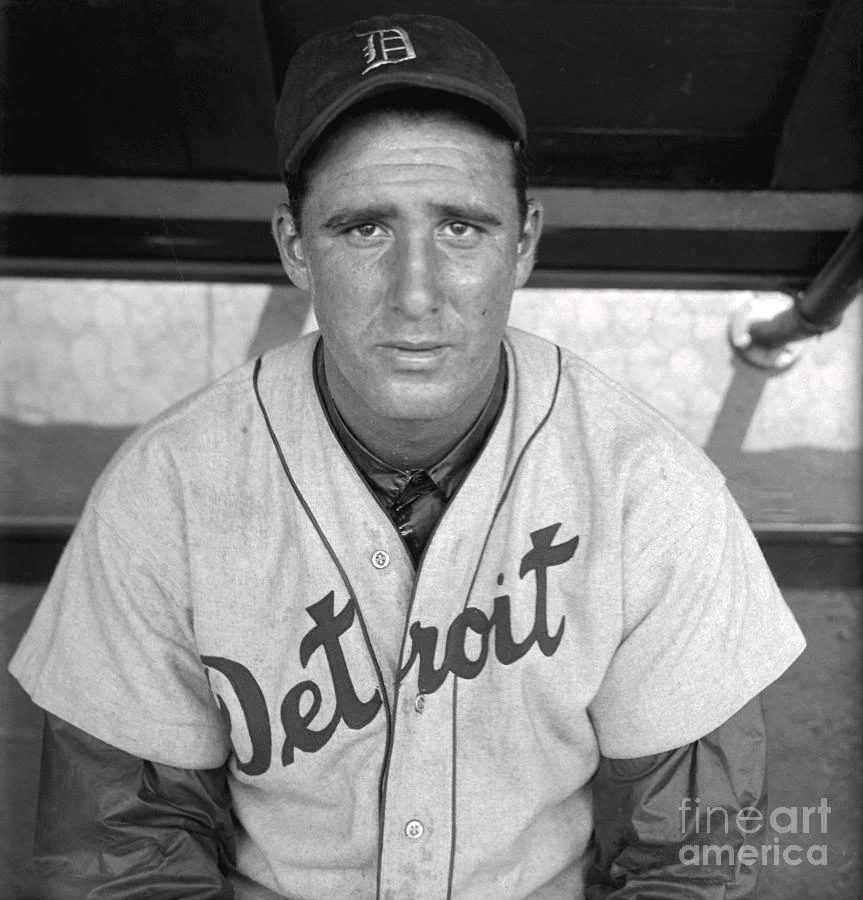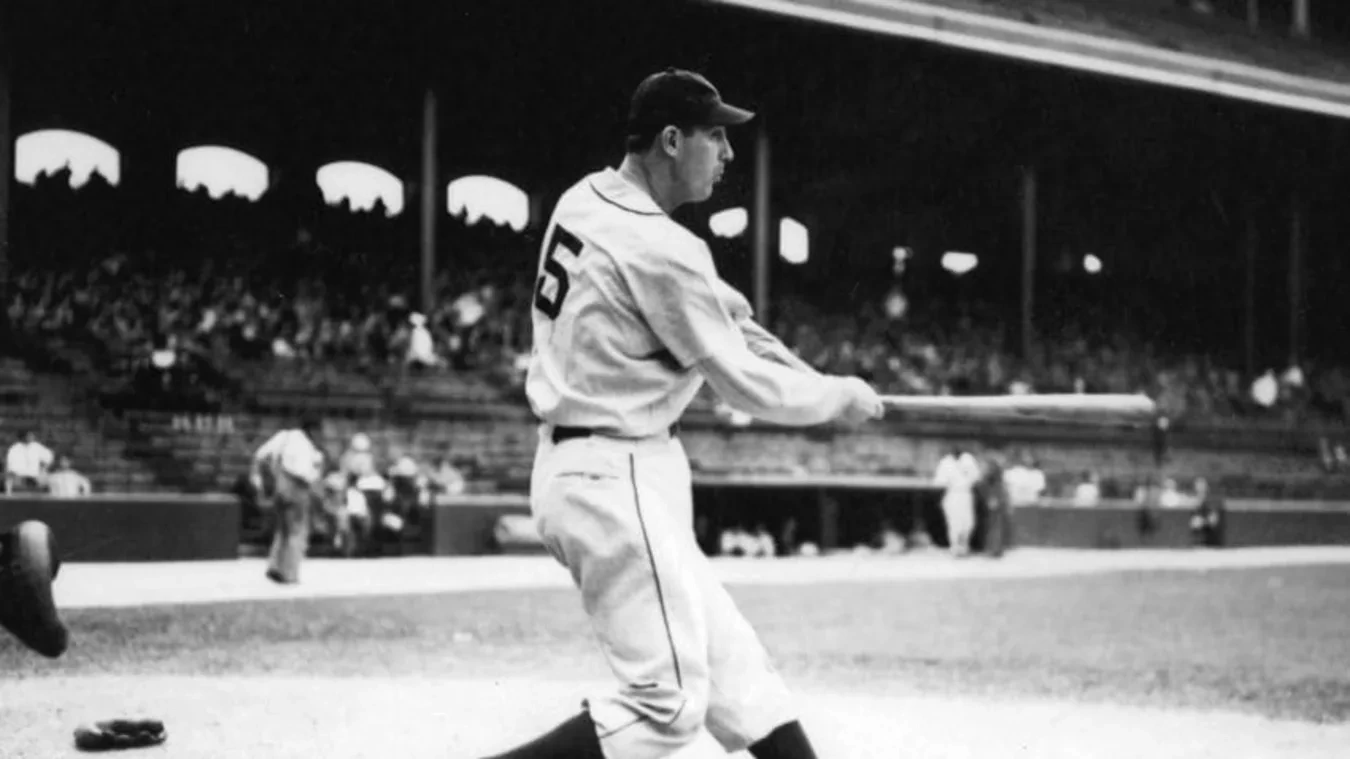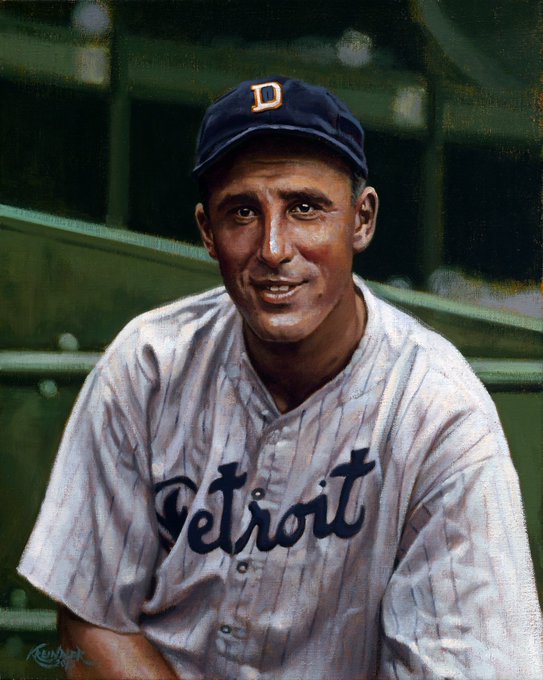Hank Greenberg: The Hero Who Didn’t Want to Be One
Hank Greenberg’s name rings out in baseball history, but his life was far more multifaceted than his swing. Known as the first Jewish superstar athlete in America, Greenberg was not only a remarkable ballplayer but a man of considerable intellect and academic dedication—a quality often overlooked in tales of his career. In Hank Greenberg: The Hero Who Didn’t Want to Be One, Mark Kurlansky sheds light on Greenberg’s journey to becoming an unlikely hero, both on the diamond and in his personal life, a journey marked by quiet resilience and high standards for himself.
Born to Eastern European Jewish immigrants in New York City, Greenberg stood out from an early age—not only for his athletic talent but for his sharp intellect and academic ambitions. He excelled as a student, earning top marks at James Monroe High School, where he balanced rigorous studies with his passion for baseball. It was clear to all who knew him that he could have easily pursued a career outside sports, and he did just that by gaining admission to New York University, a significant achievement in itself during the early 1930s.
Though he enrolled at NYU with an eye on a career in law or business, Greenberg’s path soon took a different turn. His love for baseball was unwavering, and when he was offered a minor league contract by the Detroit Tigers, he faced a difficult decision. Ultimately, he decided to leave NYU and follow his dream, even as he remained a dedicated student of history, literature, and economics in his own time. Greenberg’s intellectual curiosity didn’t fade as he pursued a professional career, and he developed a reputation as a player who read voraciously, spending his time off the field with books rather than in social settings, a rarity among players of his era.
Despite leaving academia, Greenberg brought a sense of scholarly discipline to his game, becoming one of the most formidable hitters of his time. By 1938, he had notched 40 home runs and 184 RBIs in a single season, achievements that placed him among the greatest sluggers in baseball history. Yet, even as he was making history, his success was marred by the anti-Semitism that shadowed him from the stands, the media, and even his teammates. Greenberg handled this animosity with restraint, a quality Jackie Robinson later admired, saying of Greenberg, “Class tells. It sticks out all over Mr. Greenberg,” as chronicled in John Rosengren’s Hank Greenberg: The Hero of Heroes.
One of Greenberg’s defining moments came during Yom Kippur in 1934. His Detroit Tigers were scheduled to play against the New York Yankees, but Greenberg, though not observant, decided not to play in honor of the Jewish holy day. Kurlansky writes that this act “made Greenberg an instant hero to Jewish Americans,” even though his decision was motivated less by religious obligation and more by a deep-seated respect for his heritage and an understanding of his place in American Jewish history. “I didn’t think much about it. I just knew it was the right thing to do,” Greenberg would later reflect.
Greenberg’s connection to his heritage deepened as events in Europe unfolded. As Hitler’s rise intensified anti-Semitic persecution overseas, Greenberg felt an added weight to his own career. The world was watching him, especially Jewish Americans who saw him as a symbol of hope. Despite his reluctance to speak about anti-Semitism openly, he understood the importance of his position, stating, “If I, as a Jew, hit a home run, I was hitting one against Hitler.”
After leaving baseball to serve in World War II, Greenberg returned to the game, then transitioned into a front-office role as an executive, bringing his intellectual and strategic skills to baseball management. His legacy as the first Jewish player inducted into the Hall of Fame in 1956 underscored his impact on the sport. But as Kurlansky reveals, Greenberg’s legacy went beyond baseball—he was a man of intellect and quiet fortitude, someone who stood tall, not only for Jewish Americans but for anyone who faced discrimination.
Greenberg’s story, as Kurlansky, Rosengren, and other authors tell it, is one of character and courage. His academic pursuits laid a foundation of discipline and self-respect that served him throughout his life. Though he may not have set out to be a hero, Greenberg became one nonetheless, embodying the quiet resilience of a man who refused to let prejudice stand in the way of his success.

The Life and Times of Hank Greenberg


Hank Greenberg (Photo by Mark Rucker/Transcendental Graphics, Getty Images)
Hank Greenberg Highlights

Graig Kreindler Jan 1, 2022
#OTD in 1911, Hank Greenberg was born in Greenwich Village, NYC. Here’s a painting of the man with Detroit in 1933, his first full season with the club.
@thatgirlondeck

